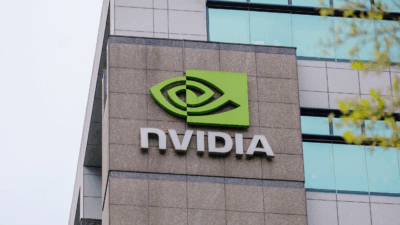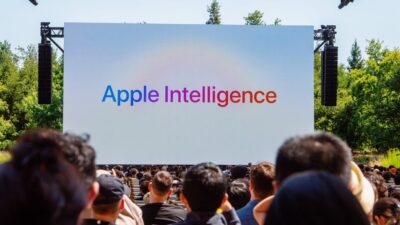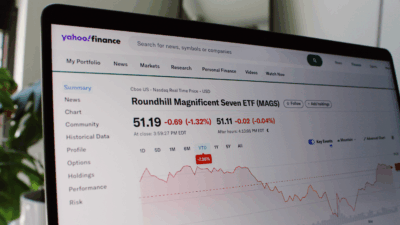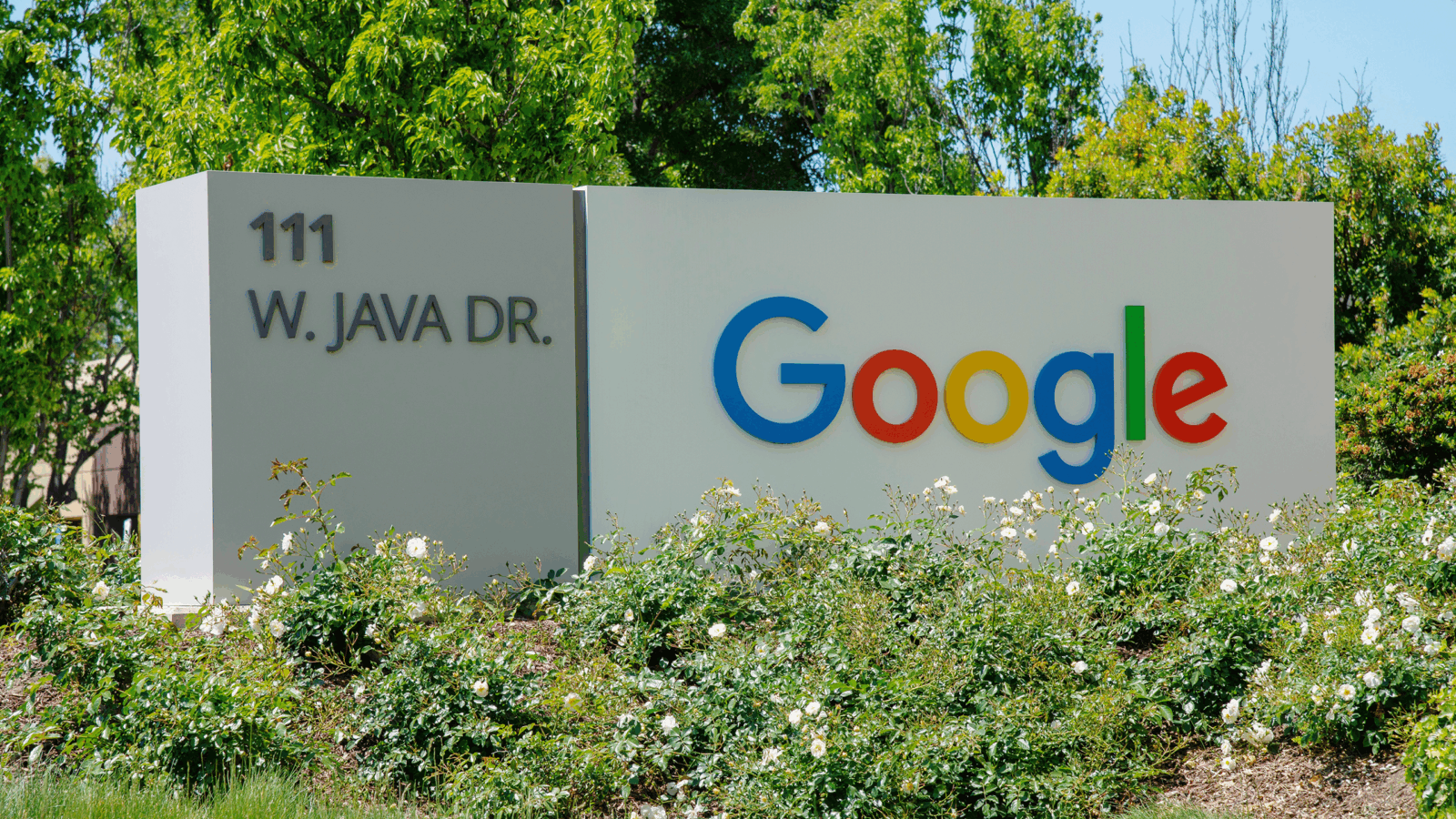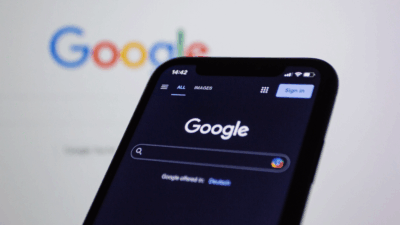Google Announces Breakthrough in Quantum Computing
Quantum computing is potentially revolutionary technology that could, among other things, end classical computing as we know it.

Sign up for smart news, insights, and analysis on the biggest financial stories of the day.
Is Silicon Valley big enough for two hype-cycles at once?
On Monday, Google announced that it had made a significant breakthrough in the realm of quantum computing. Like the rollicking world of artificial intelligence, quantum computing is potentially revolutionary technology that could, among other things, end classical computing as we know it.
Ones and 24 Zeroes
Quantum computing essentially takes the ones-and-zeroes binary math that powers traditional computing and replaces it with a system based on the laws of physics in which bits can represent both ones and zeroes simultaneously. The upside? “Think of a road that has cars that can go one direction or the other, and all of a sudden, you can have cars go in any direction at the same time, instantaneously,” Karl Holmqvist, Founder and CEO of cybersecurity firm Lastwall, recently told The Daily Upside in our timely deep dive into the state of the quantum race.
The issue with quantum computing? It is relatively unstable — the vastness of a non-binary computing system can make it prone to crippling errors, and the physical hardware must be stored at temperatures hundreds of degrees below freezing. On Monday, Google unveiled a new quantum chip called Willow, which it says clears fundamental roadblocks in quantum computing and is capable of awesome computing power:
- In a research paper published Monday in the peer-reviewed journal Nature, Google said it had found that increasing the array of quantum bits exponentially decreases the system’s error rate.
- The achievement is seen as a major breakthrough in quantum computing. Google says it means Willow can perform calculations in five minutes that would take the world’s best supercomputers 10 septillion years (septillion is a one with 24 zeros after it) to calculate. We had to look it up, too.
In Theory: The breakthrough is a longtime coming. “This was theoretically proposed back in the 90s,” William Oliver, a physics professor at Massachusetts Institute of Technology, told the Financial Times. “We’ve been waiting for this result for many years.” It’s not the only recent big advancement in the space. On Friday, researchers from Oxford University and Osaka University in Japan published a paper showcasing quantum computing that can be done at room temperature, rather than extreme-levels of cold.


